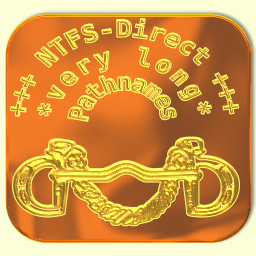MiniRobotLanguage (MRL)
ATF. Command
Append to File

Intention
This command is useful to write Log-Files. It will append any content (Text or binary) to an already existing file. Or, if the file does not already exist, it will create a new file.
ATF. does not append newline-characters $crlf$ automatically. This has to be done manually if needed.
Syntax
ATF.[P1] [|P2] [|P3]
Parameter Explanation
P1 - File Name
P2 - Text or Data
P3 - Opt. Variable which receives 1/0 if operation was successful.
Example
'*****************************************************
' EXAMPLE 2: ATF. Append with Newlines
' create a Logfile on yourdesktop
'*****************************************************
'DBM.2
' This is the filename and path on the desktop
: $$FIL=?desktop\RND.txt
FOR.$$AAA|1|20
' Generate a Random Number between 124 and 123125
RND.124|123125|$$REB
' Here comes the Newline
VAR.$$REB=$date$ ** $time$> The Number is: $$REB$crlf$
' Append the Numbers to the File without Newline
ATF.$$FIL|$$REB|$$ERG
PRT.[$$AAA]->$$ERG
NEX.
MBX.Please see the File $$FIL on your desktop.
END.
'***********************************************
Remarks
Limitations:
See also:
• IEF. / NEF. - If - exist - File